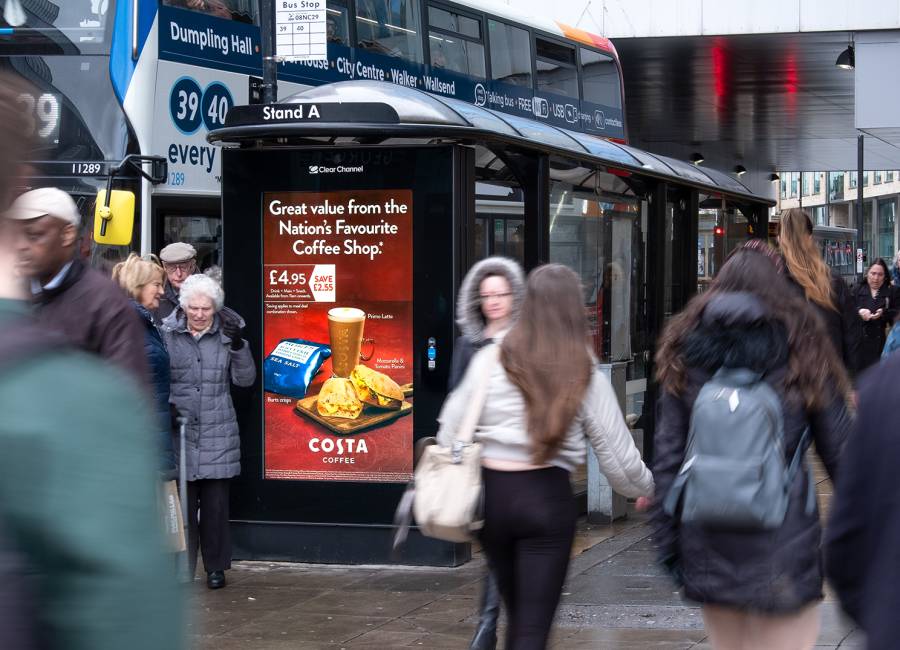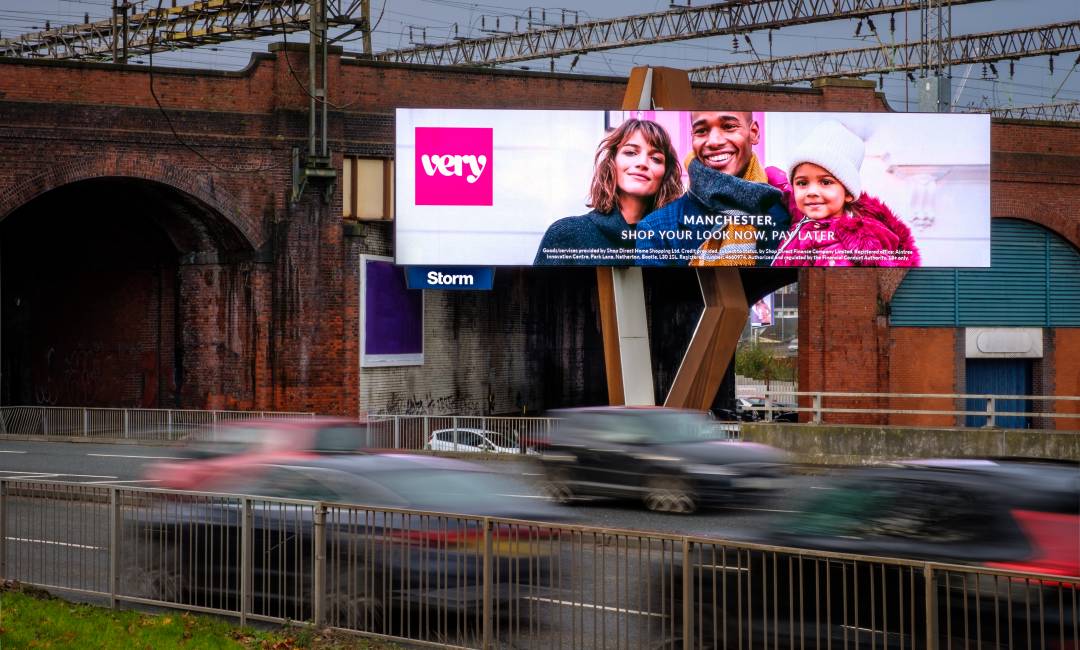D������ 539: What really drives Activation?
29 Jan 2019 / Insights
Fresh research into digital Out of Home, and it's ability to drive consumer Activation.
Often, when we talk about activation in the Out of Home industry, we’re talking about the practicalities of our digital ������ 539 screens. We can activate ads to only appear on certain day parts, or we can activate ads to react to the weather… these are indeed really important aspects of activation. Another aspect of activation worth noting, though, is the process of activating people. How do we get them to perform a target behaviour – be it making a purchase or visiting a store/website?
We set out to find this out. With a nationally representative sample of over 1000 participants and a theory in hand, we wanted to explore what really drives activation.
The Theory
Dr B.J Fogg is the Director of the Behavioural Labs at Stanford University, and he has spent his whole career studying what gets people to act. According to him, in order to get someone to perform a target behaviour, they must: be sufficiently motivated & have the ability to perform the behaviour. They also need a trigger, something to prompt them to act (something like one of our 2,424 digital screens, perhaps!).
According to Fogg, you could chart this, with motivation on the y axis and ability on the x axis – imagine a theoretical line of activation. Ultimately, you want both motivation and ability to be high so people are past that line of activation and in a position to act.
Of course it’s worth noting that motivation and ability is fluid based on context – there’s no use seeing an activation ad for a Starbucks coffee on your tablet when you’re at home about to go to sleep on a Saturday night, but seeing it on a digital panel during your morning commute is more ideal!
The Study
According to Dr Fogg, motivation and ability are each driven by 3 things. We presented our participants with scenarios to see whether the drivers of motivation and ability actually drove action.
Fogg says that motivation is driven by 3 things: pleasure/pain, hope/fear and social acceptance/rejection. Pleasure and pain are the most innately human of all motivations – when you’re hungry, you seek food, when it’s raining, you seek shelter and so on. Hope and fear are driven by the hope you may get something good (such as a deal in a sale or the chance to win a prize) and the fear of missing out on a product or deal. Social acceptance and rejection ultimately suggest that social norms drive our actions. Were these strong drivers of action among our participants?
Ability is driven by availability, money and effort. In terms of availability, if something isn’t available to purchase now, then action-oriented advertising isn’t the best choice! For money, whether someone can afford to purchase something in that moment is, of course, important to their decision to purchase/not purchase. Finally, effort – humans are inherently lazy, and anything to reduce the mental or physical effort they have to exert is welcomed. We set out to explore whether these things drove action.
If Fogg’s model is true, by ensuring motivation and ability are increased through our advertising, we can get people past that theoretical line of activation and get them to act. And by advertising in the right context, we can make this even more likely. As part of our work, we have pulled together some actionable learnings on the best ways to utilise the flexibility of digital out-of-home to drive motivation and ability.
The Results
To review the full study, plus real-life examples, of the effectiveness of dynamic, relevant advertising on D������ 539 that increases motivation and ability, see the research here:

SHARE POST
PRESS ENQUIRIES




